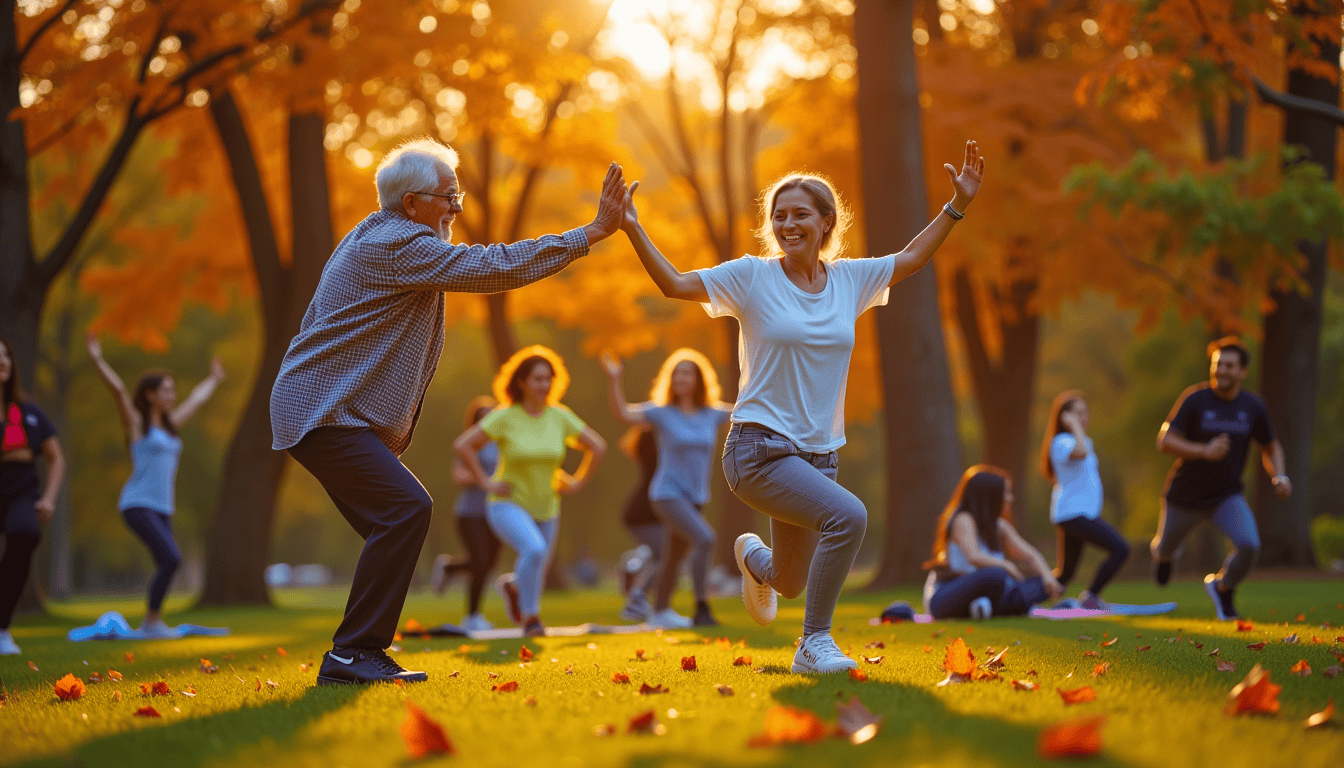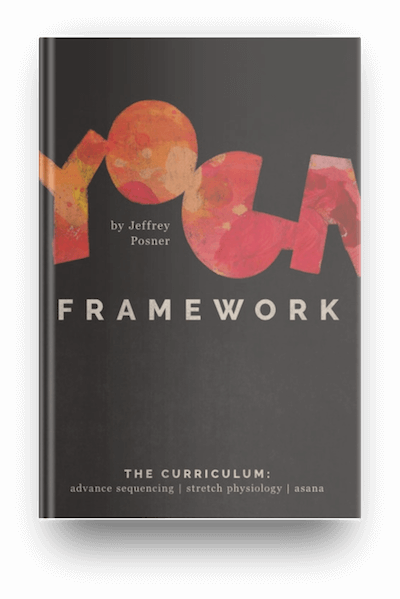In today’s health-conscious world, everyone is constantly searching for effective strategies to stay fit and healthy. From busy professionals to retirees, finding the right balance between physical activity, nutrition, and a stress-free lifestyle is crucial for longevity and well-being. But with so many different opinions and methods circulating the internet, it’s hard to know what genuinely works.
Start Slow: How Older Adults Can Stay Fit and Healthy
For seniors, especially those starting at age 70, staying active might seem daunting yet essential. Instead of jumping directly into strenuous activities, older adults can start with low-impact exercises like walking, swimming, or chair exercises. These activities not only boost cardiovascular health but also enhance flexibility and balance to mitigate the risk of falls, which is a common concern among seniors.
Moreover, incorporating balance exercises such as Tai Chi can significantly help in improving stability. It’s important to consult healthcare professionals before embarking on new fitness routines to ensure safety and effectiveness. This approach ensures that even at an advanced age, individuals can maintain muscle mass and metabolism, key factors for sustaining energy and independence.
Practical Tips to Stay Fit and Healthy Daily
Incorporating movement into daily routines is an effective way to enhance fitness without dedicating hours to exercise. Small changes such as taking stairs, walking during breaks, or standing while working play a significant role in boosting physical health. According to research from IU Fairbanks, these tiny adjustments can accumulate to significant health benefits over time.
Nutrition also plays a pivotal role in staying fit and healthy. Emphasizing whole foods such as fruits, vegetables, whole grains, and lean proteins while avoiding processed foods high in sugar and unhealthy fats can significantly improve physical well-being. Additionally, prioritizing 7-9 hours of sleep is vital for recovery and immune function, supporting a sustainable healthy lifestyle.
General Exercise Guidelines for Staying Fit and Healthy
One of the most debated topics is how much exercise is necessary to maintain an optimal health level. The recommended guideline suggests at least 150 minutes of moderate physical activity per week or 75 minutes of vigorous activity. This can be tailored to individual preferences, ensuring consistency and enjoyment.
A well-rounded fitness routine should include aerobic, strength, balance, and flexibility exercises. Additionally, listening to your body and resting when necessary is crucial to avoid injuries. Realistic goal setting is another fundamental strategy to maintain motivation and track progress. This ensures that progress is being made, even in small increments, keeping individuals committed to their fitness journeys.
Life-Stage Tailored Approaches to Staying Fit and Healthy
Fitness and health practices should evolve as individuals age. Foundational habits developed in youth often build resilience, while middle-aged adults might focus more on maintaining their current health status. As life progresses, adapting exercises to fit different life stages is crucial.
For instance, younger individuals might engage in higher-intensity sports, whereas older adults shift towards maintaining flexibility and balance through gentle movements. Emphasizing mental health alongside physical wellness is also crucial. Incorporating practices such as meditation or yoga during exercise can foster a deeper mind-body connection, leading to holistic well-being. Supporting this lifestyle shift with technology can also be beneficial – fitness trackers, apps, and online communities offer encouragement and accountability.
Benefits and Challenges: Balancing Perspectives
While the advantages of maintaining a fit and healthy lifestyle are extensively recognized, challenges exist, and acknowledging them is essential. Time constraints, lack of resources, and individual motivation levels can hinder progress. However, with practical solutions and a supportive community, these challenges can be overcome.
Group classes or fitness partners often provide motivation and accountability, increasing the likelihood of sticking to a routine. Moreover, setting clear, achievable goals ensures satisfaction and progress, which in turn sustains motivation. In conclusion, a life-stage tailored approach that adapts to personal needs while offering measurable, enjoyable solutions enables a sustainable path to health and vitality throughout life.
Ultimately, whether you’re just beginning your fitness journey or looking to adapt your routine to a new phase in life, these strategies provide a path forward. By incorporating small, daily lifestyle changes and fostering community support, staying fit and healthy becomes an achievable, rewarding endeavor for everyone.

